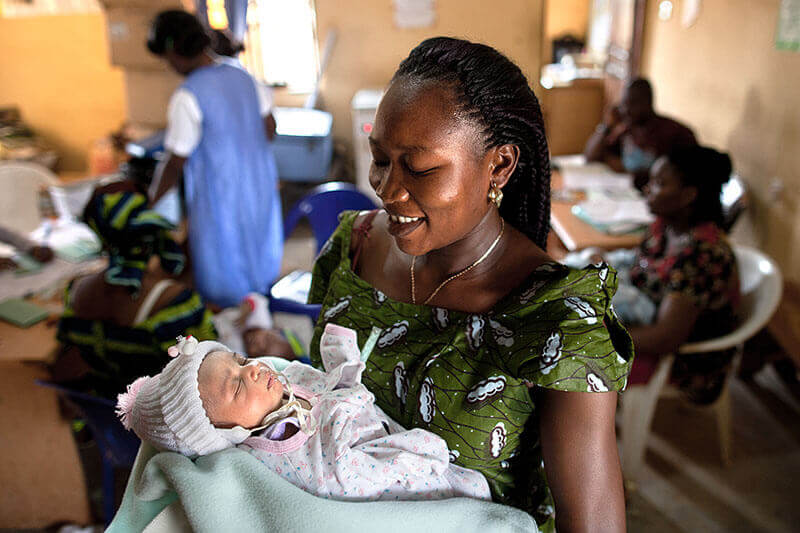Rachel WilsonPATH
Rachel Wilson is Senior Director of Policy and Advocacy at PATH, a global nonprofit dedicated to ending health inequity.
In this guest post, Rachel Wilson—senior director of Policy and Advocacy at PATH—writes about a new report focused on health innovations for women and children worldwide. The report was released this week at the United Nations General Assembly in New York. This post originally appeared on the PATH blog.
This week, PATH, along with partners including the Norwegian Ministry of Foreign Affairs, the MDG Health Alliance, and the United Nations Foundation, is releasing a report called Breakthrough Innovations That Can Save Women and Children Now. The publication introduces ten innovations—from products to systems approaches—that could have immediate impact in saving lives. Each is low-cost, effective, and sustainable.
If we made a majority of these innovations widely available now, they could save more than 1.2 million women, newborns, and children by the end of 2015. Pair them with other interventions currently available and in development, and we have the power to save millions more lives.

For example, magnesium sulfate is the most effective drug to prevent and treat life-threatening pregnancy complications caused by high blood pressure. Simplifying dosing and improving modes of administration would give more poor women access to this lifesaving drug.
Similarly, ROTAVAC® is a new vaccine that protects children from the leading cause of deadly diarrhea. If widely available, the vaccine could save thousands of children each year—at the cost of only US$1 a dose.
And a program called Helping Babies Breathe uses innovative teaching tools to train health care workers and birth attendants how to resuscitate infants. In Tanzania, the initiative has reduced newborn mortality by as much as 47 percent.
But bright ideas and innovative technologies alone won’t save lives. This week, PATH’s leaders are at the UN General Assembly along with other key global health innovators and policymakers. We’re committed to gathering support so we can deliver solutions to the world’s women and children—and at the same time deliver on the promise of the Millennium Development Goals.
At PATH, we’re transforming health through innovations like these. We can achieve a lasting impact only with the support of world leaders—and to get that, we need your support. Help us send the message that we can save women and children with innovations available right now. Join the conversation with @PATHadvocacy and @PATHtweets on Twitter and follow PATH on Facebook as we engage in the #innovations2015 conversation this week.
More information